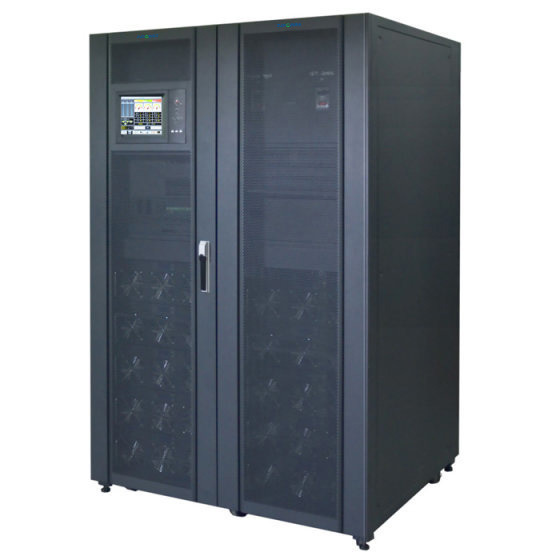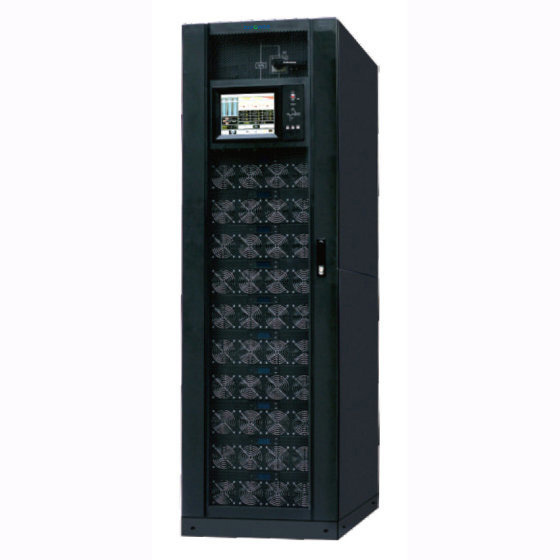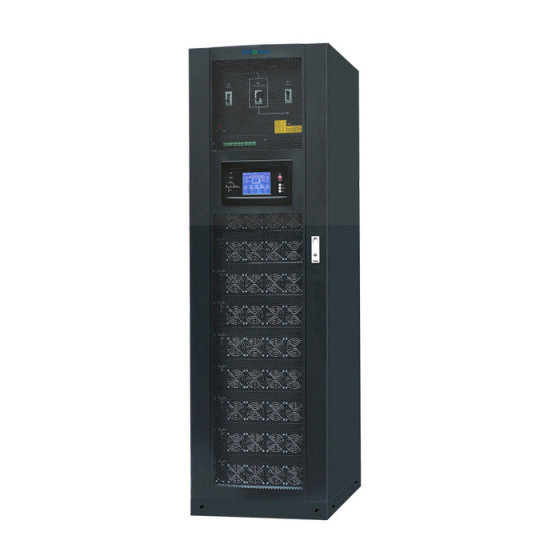Modular UPS Systems: Scalable, Efficient, and Future-Proof Power for Data Centers
Oct 27,2025
Discover how modular UPS systems deliver scalable, hot-swappable, and cost-efficient power protection for data centers and mission-critical industries.
Modular UPS Systems: The Smart Backbone of Scalable Power Protection
In an era where data, cloud computing, and AI workloads are multiplying exponentially, reliable power is not a luxury—it’s the foundation of digital trust. A single minute of downtime in a data center can cost thousands of dollars, and traditional UPS systems often struggle to keep pace with the growth and service requirements of modern IT infrastructure.
That’s where modular UPS systems come in. Designed with scalability, serviceability, and efficiency in mind, they allow organizations to grow power capacity on demand, maintain uptime during maintenance, and optimize total cost of ownership (TCO).
What Is a Modular UPS?
A modular uninterruptible power supply (UPS) is built using multiple independent modules—such as power modules, battery modules, static bypass modules, and intelligent control modules—installed within a single frame. Each module can operate independently or in parallel, and most importantly, can be hot-swapped (inserted or removed without shutting down the system).
This flexibility allows IT managers to add or replace modules as needed—ideal for environments where downtime is unacceptable.
Key Components Include:
• Power Modules: Convert AC/DC and provide the main load power.
• Control/Intelligence Modules: Manage power flow, redundancy, and fault detection.
• Static Bypass Module: Ensures load transfer to utility power during internal maintenance.
• Battery Modules: Supply backup power when mains fail.
Why Modular UPS Matters
1. Scalability on Demand
Traditional UPS systems often require full replacement when capacity increases. Modular UPS architectures solve this by allowing incremental growth—you can simply add more modules as your load expands, without disrupting operation or wasting investment in oversized systems.
2. Hot-Swappable Maintenance
Downtime is the enemy of digital business. With hot-swappable modules, maintenance becomes safer and faster. Faulty modules can be replaced in minutes while the system continues running, drastically reducing Mean Time to Repair (MTTR).
3. Higher Availability and Redundancy
Through built-in N+1 redundancy, modular UPS systems ensure that if one module fails, others automatically share the load. This design minimizes single points of failure and boosts uptime reliability—critical for industries such as banking, telecom, and healthcare.
4. Energy Efficiency and Cost Savings
Each power module can automatically enter standby mode during low loads, optimizing energy efficiency and extending component lifespan. Combined with scalable deployment, this results in a lower Total Cost of Ownership (TCO).
5. Space and Resource Optimization
Compact, frame-based modular designs save valuable rack space and simplify cable management, helping facilities meet sustainability and efficiency goals.
Modular Architecture Models
• Frame-contained Modular UPS
Modules are installed in a single cabinet or rack frame, ideal for mid-size data centers needing compact redundancy.
• Distributed or Zoned Modular UPS
Modules are distributed across multiple cabinets or zones. Each area can operate independently, offering improved fault isolation and resilience for large-scale or edge deployments.
Key Factors to Consider Before You Buy
1. Expansion Strategy:
Forecast your three-to-five-year load growth and ensure your UPS can scale seamlessly—preferably without downtime.
2. Serviceability:
Look for systems with front-access, hot-swappable modules and minimal maintenance requirements.
3. Redundancy Design:
Choose an appropriate redundancy model (N, N+1, or 2N) based on your SLA requirements.
4. Efficiency at Partial Loads:
Check the system’s performance curve—best modular UPS systems maintain >96% efficiency even at 50% load.
5. Monitoring and Control:
Opt for systems with intelligent management software and network integration for remote diagnostics.
Use Cases Across Industries.
| Industry | Application | Value of Modular UPS |
| Data Centers | Rack-level or zone-based backup | Scalable expansion without downtime |
| Edge Computing | Distributed power at remote sites | Compact and serviceable units |
| Finance & Banking | 24/7 transaction systems | High redundancy and zero downtime |
| Healthcare | Critical equipment, operating rooms | Seamless failover, stable output |
| Manufacturing | Automated production lines | Improved fault tolerance and uptime |
Common Pitfalls and How to Avoid Them
• Vendor Lock-In: Some modular UPS modules are proprietary. Always confirm compatibility before scaling.
• Spare Part Planning: Maintain on-site spare modules and ensure long-term supply chain availability.
• Incorrect Redundancy Planning: Over- or under-designing redundancy can impact both costs and reliability.
A Three-Step Strategy to Implement Modular UPS Successfully
1. Define Growth Curve: Estimate your IT load increase per year (in kW).
2. Set Uptime & SLA Targets: Define acceptable downtime (in minutes/year).
3. Compare 2–3 Vendors: Evaluate module hot-swap speed, monitoring integration, and total lifecycle costs.
Conclusion
A modular UPS is not just a power backup system—it’s a strategic infrastructure investment. It transforms uncertainty about future growth into manageable, incremental expansion. By integrating modular design, hot-swappable serviceability, and intelligent control, organizations achieve both operational efficiency and peace of mind.
In essence:
A modular UPS doesn’t just protect your power—it powers your future.



Related products
More News
Subscribe
Check the latest news of our company anytime and anywhere.
Contact ZLPOWER

1-2 Floor, Building E, Liyukeng Industrial Zone, Beihuan Road, Shangwu Community,Shiyan Street, Bao'an District, Shenzhen,Guangdong, China












